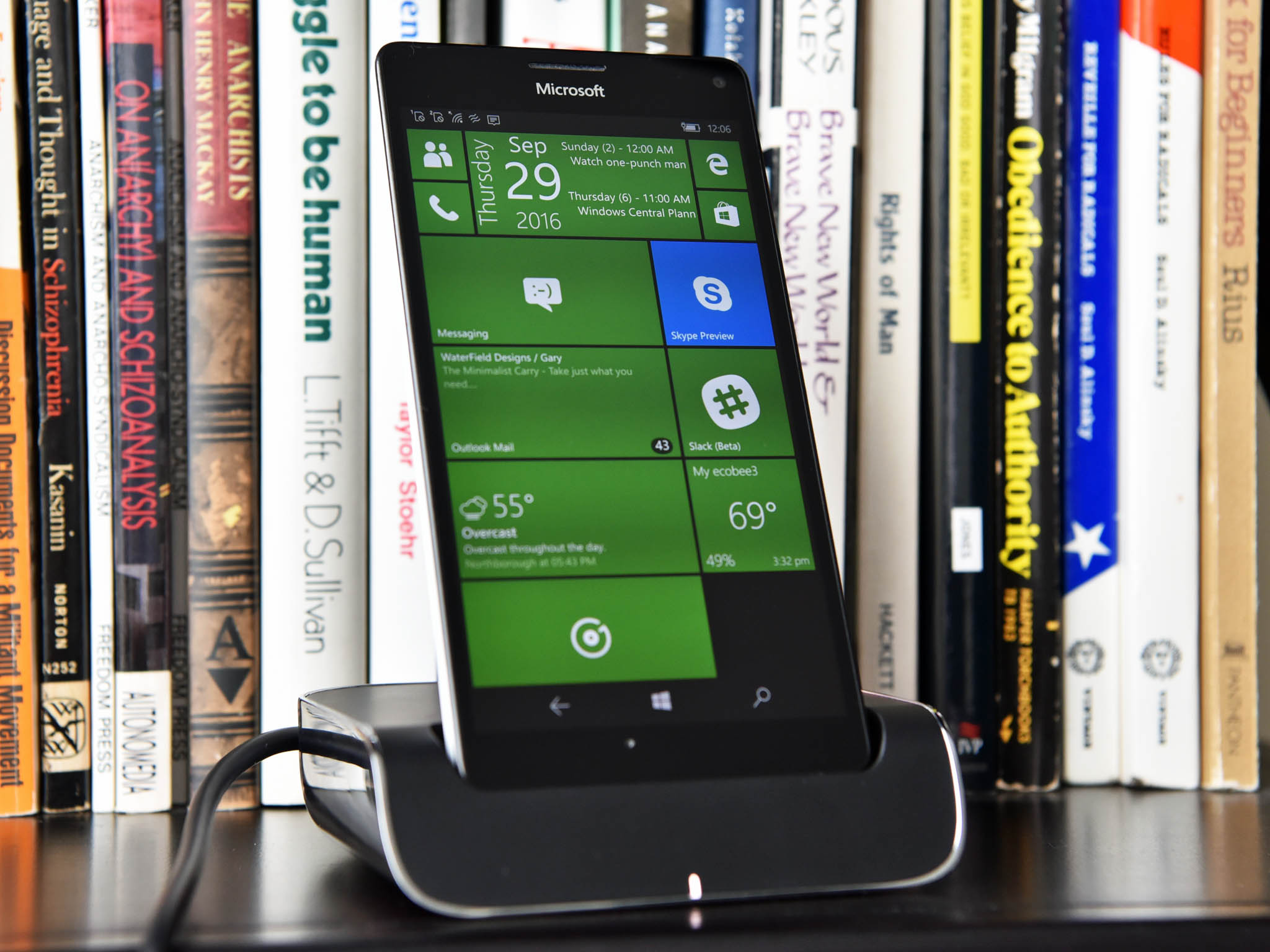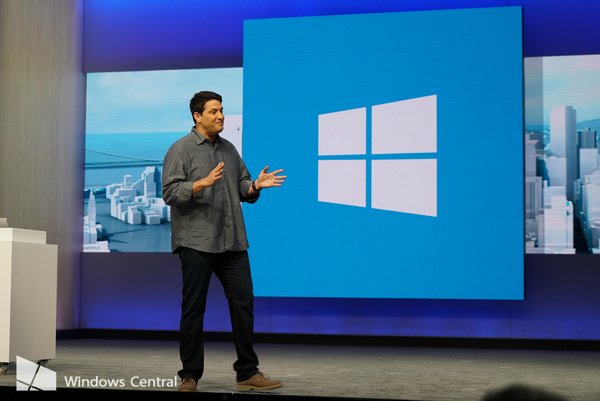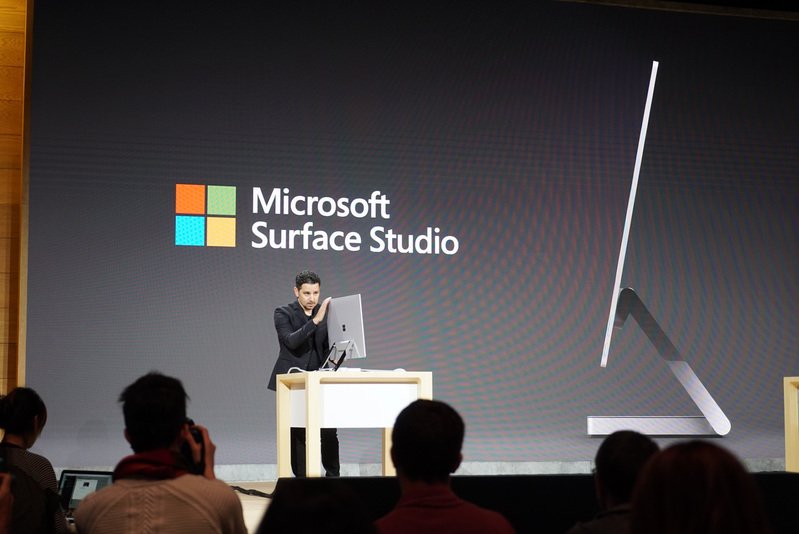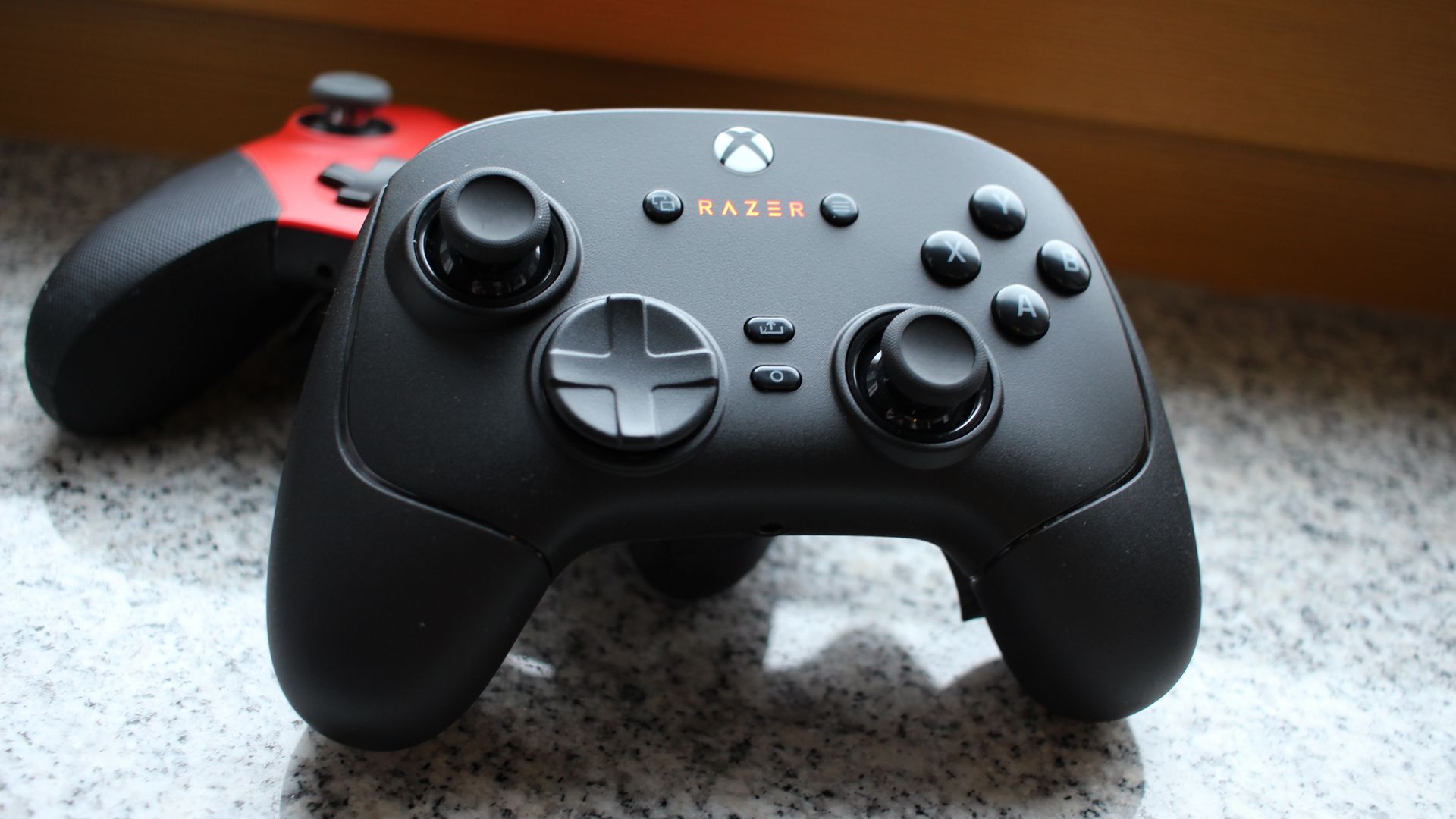Why Microsoft keeps working on Windows 10 Mobile: ARM, cellular, and the next big thing
Why does Microsoft continue with Windows 10 Mobile and ARM? We now finally have an answer.

Windows 10 Mobile is one of the most interesting – and to some baffling – aspects of Microsoft's software strategy. With 1% market share and no consumer flagship story to sell, Microsoft's continued development of the OS seems bizarre to outsiders. This situation isn't lost on ZDNet's Mary Jo Foley.
Foley recently peppered Microsoft Executive Vice President of Windows and Devices Terry Myerson with a barrage of strategy questions. Mobile, of course, was asked about: specifically why even bother?

MJF: I realize this year was a year when Microsoft planned not to release any new Windows Phones itself. But the question I keep getting is why is Microsoft wasting time updating Windows Mobile when the market share is one percent? You don't have that many phone OEMs. Why not just say, you know, maybe we'll come back some day, but for now, let's just stop playing around with mobile.MYERSON: Technically, there are really two things that are unique about Windows Mobile. One is cellular connectivity, and the other one is the ARM processors that are there. And I think both cellular connectivity and ARM processors have a role in the technical landscape of the future.So we're going to continue to invest in ARM and cellular. And while I'm not saying what type of device, I think we'll see devices there, Windows devices, that use ARM chips. I think we'll see devices that have cellular connectivity.When you stop investing in these things, it's super hard, super, super hard to restart. And at Microsoft, we have a few of those examples where we stopped. Sometimes, when you're investing into growth. it's easier, but when you're investing for technical strategy or things like that, sometimes people can question it -- like you're doing right now. But especially among your readers, I don't think there's much debate that ARM processors have a role in the future. And cellular connectivity does as well.
Myerson's answer is fascinating and again, hints at something I have been saying for over a year now: Microsoft is going beyond just a phone for its Mobile strategy. Let's recap:
- September 2014 - Microsoft drops 'Phone' from the OS name to call it Windows 10 Mobile
- July 2015 - Microsoft abandons phone hardware business
- September 2016 - HP calls Elite x3 "a three-in-one device that can make calls" and not a smartphone
- October 2016 – Microsoft CEO Satya Nadella comments about the "hunt for the next big category" pushes ideas about Mixed Reality and AI
- October 2016 – Device Chief Panos Panay reiterates that Surface is about category creation
I do not think any of that is a coincidence. Nadella recently made headlines for stating what everyone has known for years: Microsoft "clearly missed" the smartphone category.
Thus, Microsoft's conundrum. To compete with Apple and Google in mobile Microsoft can no longer go head to head with them. Instead, Microsoft needs to change the game. By creating a new hardware category, Microsoft avoids a direct comparison with the latest iPhone or Galaxy device.
Looking at Myerson's explanation above it is evident that Microsoft does have a plan for Mobile it's just not the one that people are expecting e.g. a traditional smartphone.
The Way Forward
It is apparent what Microsoft needs to do to become relevant in Mobile. It is also the hardest, but most intriguing path: category creation.
All the latest news, reviews, and guides for Windows and Xbox diehards.
Microsoft will not make any old smartphone, add in Continuum, and call it a "Surface phone." It's just not happening; everyone knows that strategy is doomed to fail for all the usual reasons. The app gap is still real, and just another smartphone is not enough to disrupt the momentum of Google and Apple.
In that sense, Windows Phone as we know it is dead.
Nonetheless, you can see where Microsoft sees value in certain markets. Microsoft, by their admission, considers the future of computing to be a broad set of technologies:
- Mixed reality (augmented and virtual reality; holograms, 3D imaging)
- Pen and inking
- Focus on creation, not just media consumption
- Studying how the next generation uses phones and computers
- ARM architecture and cellular connectivity for mobile are necessary
- Universal Windows Platform (UWP) and OneCore
- Creating new device categories for consumers
What does a mobile device look like for that world? That is the answer to Microsoft's mobile woes. In fact, it is the only path forward besides complete abandonment. (While I think Continuum will play a role I am not convinced a feature we already know about is the core defining one of mobile either. To put it another way, I think there will be something else to 'wow' us.)
The million-dollar question is what that device will look like or even do. Sure, it will run Windows 10 and Universal Windows Apps, but its core focus, design, and emphasis will be something unique not already on the market. It will be mobile, it will make calls, it will have a data connection, and run on ARM. If you build a mobile device from the ground up for a market that puts phone usage below computing what does that get you?

Case in point, look at the Surface Pro (vision of a two-in-one), Surface Book (a new take on the laptop), Surface Studio (a new take on the all-in-one), and even HoloLens (holographic computing). Consumers were demanding none of those things. Two weeks ago, no one said: "We need a giant Surface that can also act as a drafting table." This week all you read about is how Apple fans are considering a switch to Surface and how regular people want Surface Studio, even if by their admission they do not need it.
The greatest feat the Surface team has accomplished is consistently making devices you did not know you wanted. That is the trick Microsoft needs for Mobile too and why they're keeping the OS alive. Myerson says as much:
So we're going to continue to invest in ARM and cellular. And while I'm not saying what type of device, I think we'll see devices there, Windows devices, that use ARM chips. I think we'll see devices that have cellular connectivity.
That should also tell you that any hope for an x86 "Surface Phone" is thankfully not happening.
The final question you may have is when? The Surface team has been forthright about when they bring products to market: When it's ready. They don't work by artificial time frames, but only when the technology, design, and its execution all come together. That's a hard pill to swallow, but the reality of category creation.
The takeaway is that Microsoft still has a mobile story to tell, but they are not yet ready to share it with the world. Whatever it is, do not call it a phone. It's time to think different.

Daniel Rubino is the Editor-in-chief of Windows Central. He is also the head reviewer, podcast co-host, and analyst. He has been covering Microsoft since 2007 when this site was called WMExperts (and later Windows Phone Central). His interests include Windows, laptops, next-gen computing, and wearable tech. He has reviewed laptops for over 10 years and is particularly fond of 2-in-1 convertibles, Arm64 processors, new form factors, and thin-and-light PCs. Before all this tech stuff, he worked on a Ph.D. in linguistics, performed polysomnographs in NYC, and was a motion-picture operator for 17 years.
